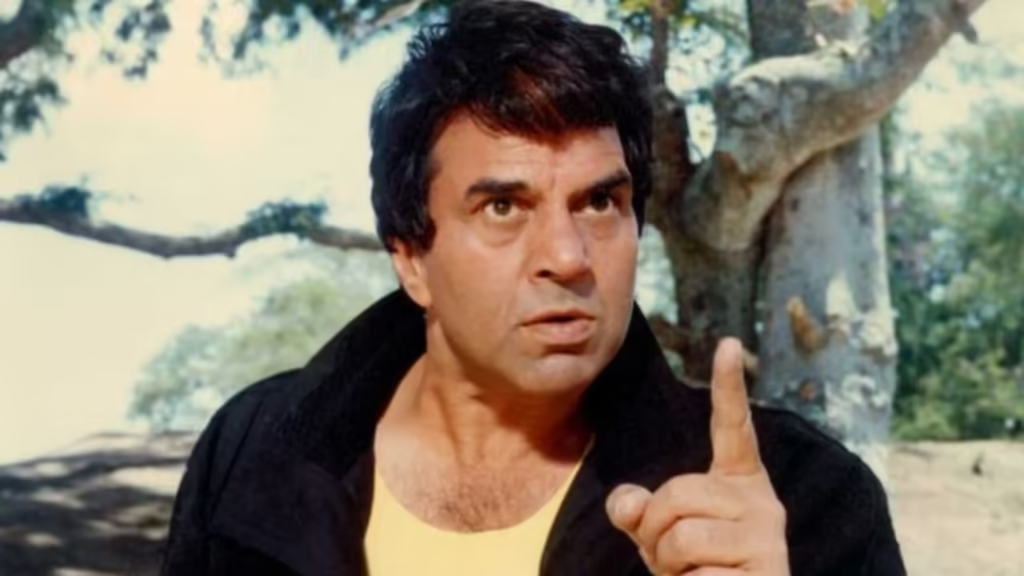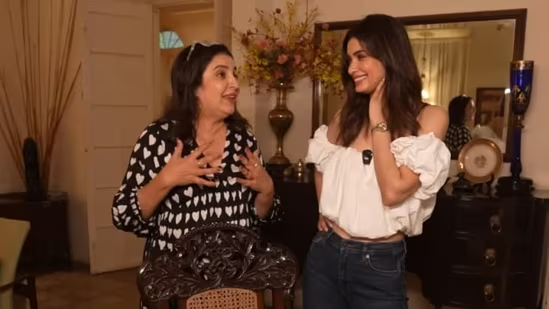Now Reading: Criminal Justice Season 4 Finale: Pankaj Tripathi Bids a Poignant Farewell in Episode 8
-
01
Criminal Justice Season 4 Finale: Pankaj Tripathi Bids a Poignant Farewell in Episode 8
Criminal Justice Season 4 Finale: Pankaj Tripathi Bids a Poignant Farewell in Episode 8

The fourth season of Criminal Justice has wrapped up with an eighth episode that many viewers call the show’s most emotionally layered finale yet. Led by Pankaj Tripathi’s understated brilliance as advocate Madhav Mishra, the closing chapter balances courtroom drama with a humane look at India’s justice system—drawing strong reactions from audiences in metros and Tier 2 cities alike.
A Finale Rooted in Realism
Episode 8 stays away from sensational twists, choosing instead to focus on meticulous legal strategy and moral dilemmas. Madhav Mishra’s defence hinges on patient cross‑examinations rather than theatrics, echoing the slow‑burn style that has defined the franchise. This deliberate pacing may feel unhurried to some, but it grounds the narrative in a reality familiar to anyone who has followed India’s court procedures.
Tripathi’s Performance Shines
Pankaj Tripathi once again proves why he remains one of India’s most reliable actors. His portrayal of Mishra is all restraint—soft‑spoken yet firm, humorous yet empathetic. Unlike many screen lawyers who rely on grandstanding, Tripathi conveys authority with a pause, a sigh, or a pointed question. For viewers in cities such as Kanpur, Coimbatore, and Ranchi—where legal proceedings can feel distant and intimidating—Mishra’s calm competence offers a relatable hero.
Supporting Cast Delivers Nuance
Season 4’s supporting roster steps up in the finale. Swastika Mukherjee’s conflicted prosecutor balances ambition with conscience, while rising talents bring authenticity to victims’ families and police officials. Rather than painting characters in black and white, the episode explores shades of grey, reminding the audience that real justice often involves compromises and uncomfortable truths.
Courtroom vs Community
A notable strength of the finale is its dual focus: what happens inside the courtroom mirrors the social realities outside it. In small‑town settings, delays, resource gaps, and social stigmas can feel as punishing as any verdict. Episode 8 touches on these themes through subplots of financial strain, media scrutiny, and family honour—issues especially resonant in Tier 2 regions where community perception wields significant power.
Technical Craft and Atmosphere
Director Rohan Sippy keeps the camera work restrained—tight frames on anxious witnesses, lingering shots in dimly lit corridors, and muted colour palettes that reflect the season’s moral ambiguity. Background scoring is minimal, allowing dialogue to carry weight. The finale sidesteps melodrama, giving space for silence and reflection, a choice that sets it apart from many courtroom thrillers.
Audience Reception and Cultural Impact
Social‑media chatter suggests that viewers appreciate the show’s refusal to oversimplify justice. Hashtags praising Tripathi trended not only in Mumbai and Delhi but also in Bhubaneswar and Indore, indicating the series’ wide reach. Some fans, however, wished for a slightly brisker pace, arguing that certain subplots lingered longer than needed. Overall, the consensus is that the finale honours the standards set in previous seasons.
Why It Matters
With true‑crime adaptations and legal dramas flooding OTT platforms, Criminal Justice maintains relevance by focusing on systemic flaws without losing sight of individual stories. By depicting the everyday heroism of lawyers, paralegals, and family members, the show encourages young audiences—including law students in mid‑sized cities—to view legal practice as a space for empathy, not just rhetoric.
Conclusion
The Season 4 finale of Criminal Justice offers a satisfying, thoughtful closure while posing larger questions about fairness and accountability. Anchored by Pankaj Tripathi’s nuanced performance, Episode 8 reaffirms that courtroom drama can be gripping without sacrificing authenticity. For Indian viewers—from bustling metros to quieter Tier 2 towns—the series remains a reminder that justice is less about spectacle and more about perseverance, patience, and humanity.

























